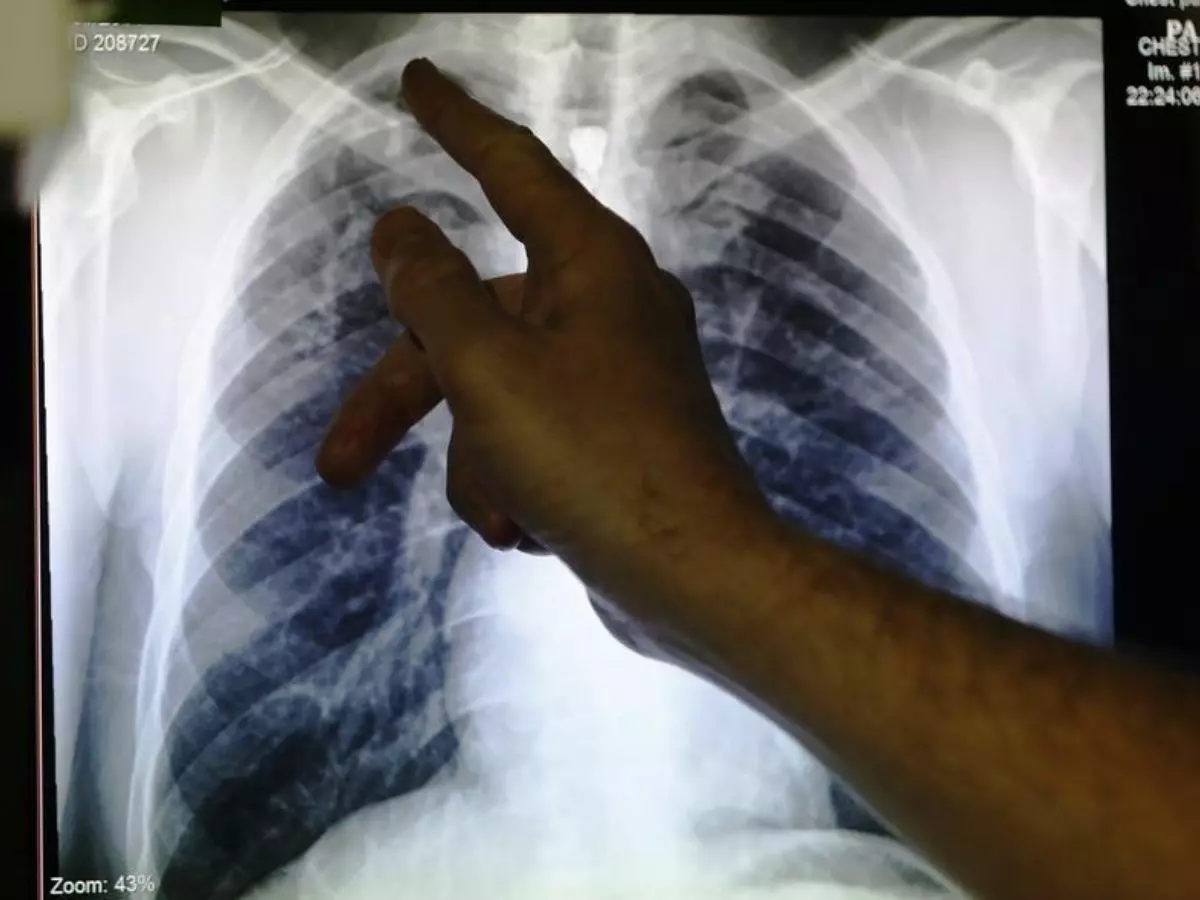Scientists Have Found Tuberculosis Cure By Making TB Bacteria Starve For Food
This could also help them create new steroid-related drugs for inflammation or even cancer,

While COVID-19 has been the disease everyone is putting their emphasis on, there are several other life-threatening diseases that are on a prowl, and one of them is Tuberculosis.
And treatments for curing TB are getting ineffective due to their resistance to antibiotics.
 Reuters
Reuters
However, now researchers have found a new way to kill the TB-causing bacteria -- by making them starve.
It is already known that TB survives in our body using cholesterol as a food source. However, there are other variants of the bacteria that even don¡¯t cause the disease, but do share an appetite for breaking down cholesterol for its food.
Researchers at the University of Guelph have identified the structure of an enzyme that was involved in steroid degradation in another member of the same bacteria family dubbed Thermomonospora Curvata.
By knowing the structure of the enzyme, researchers can fabricate the shape of the drug to target the enzyme. With the enzyme non-functional, the TB bacteria will starve for food. They were able to take the help of CMCF (The Canadian Macromolecular Crystallography Facility) beamline, to develop a picture of the ¡®keyhole¡¯ for the drug molecules to work.
 NIAID
NIAID
Dr Stephen Seah, one of the members of the research team believes that figuring out the structure of enzymes that breaks down steroids could help move pharmaceutical companies and scientists a step closer towards drugs that can simulate an enzyme found in M.tuberculosis, making it starve for its food source.
Dr Matthew Kimber, another member of the University of Guelph team explains," This work helps us understand the exact shape of the keyhole a drug would need to fill to stop this enzyme in its tracks.¡±
Kimber feels that this could also help them create new steroid-related drugs for inflammation or even cancer, ¡°This should help in building a toolbox for making new steroid drugs, or making the ones we do use more efficiently."
The findings were recently published in the journal Biochemistry.
